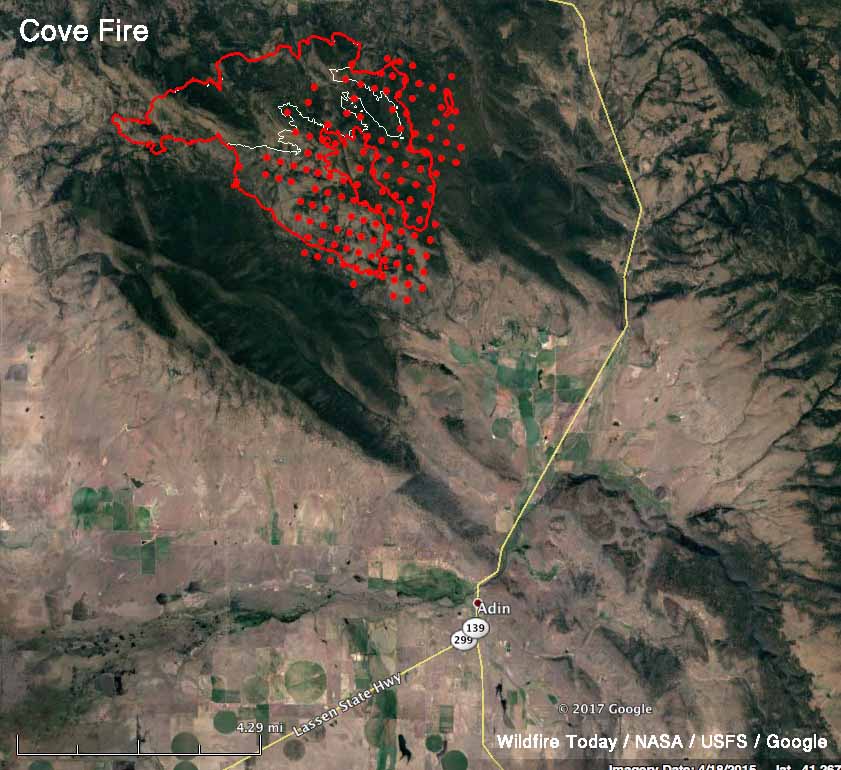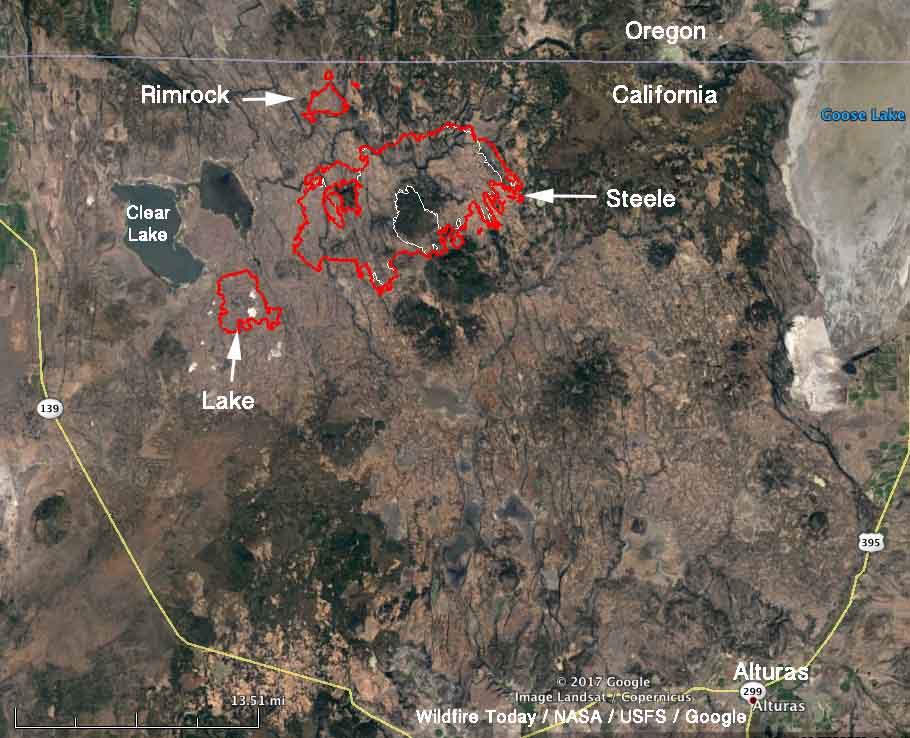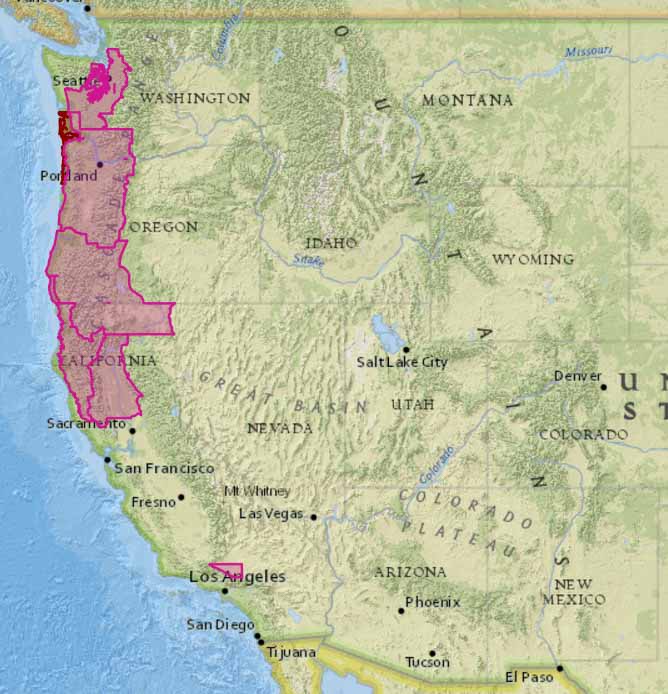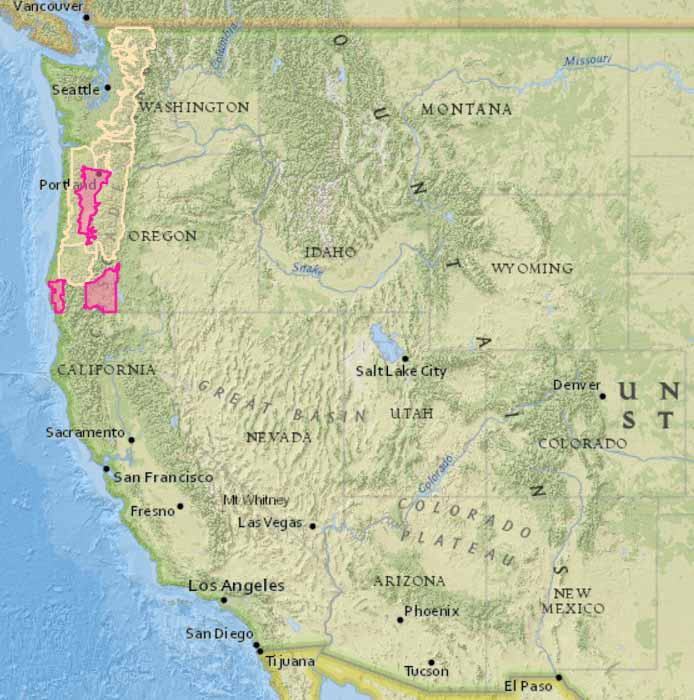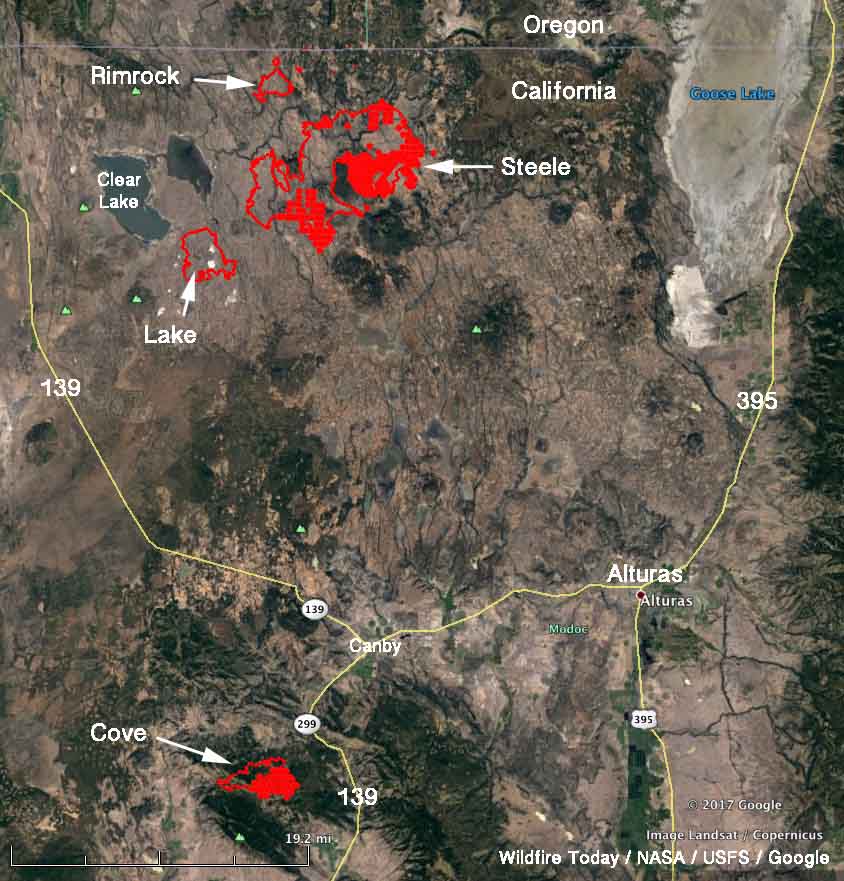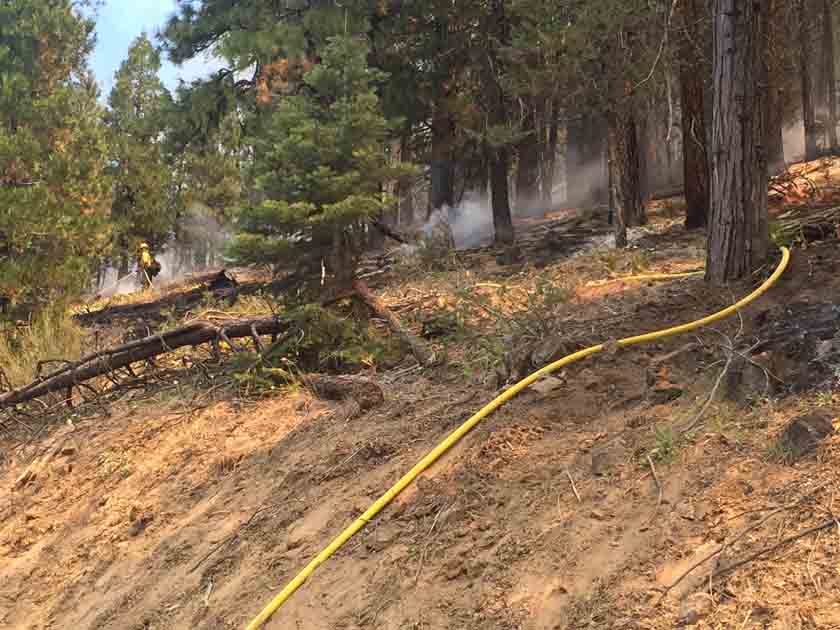Above: 3-D map of the Sunrise Fire looking west. The red line was the perimeter at 9 p.m. MDT July 30, 2017. The white line was the perimeter two days earlier.
(Originally published at 5:55 p.m. July 31, 2017.)
During the last two days the Sunrise Fire west of Missoula, Montana 6 miles south of Riverbend has continued to work its way down the slopes near the small communities west of the Clark Fork River, moving to within 1.5 to 0.3 miles of the river. As of Sunday night it had burned about 8,200 acres, an increase of 2,700 acres in the last two days.
Another community, Verde Creek, has been added to the evacuation orders that already included Sunrise, Quartz Flats, and Quartz Creek.
The areas of major growth on Saturday and Sunday were on the north and southeast sides.
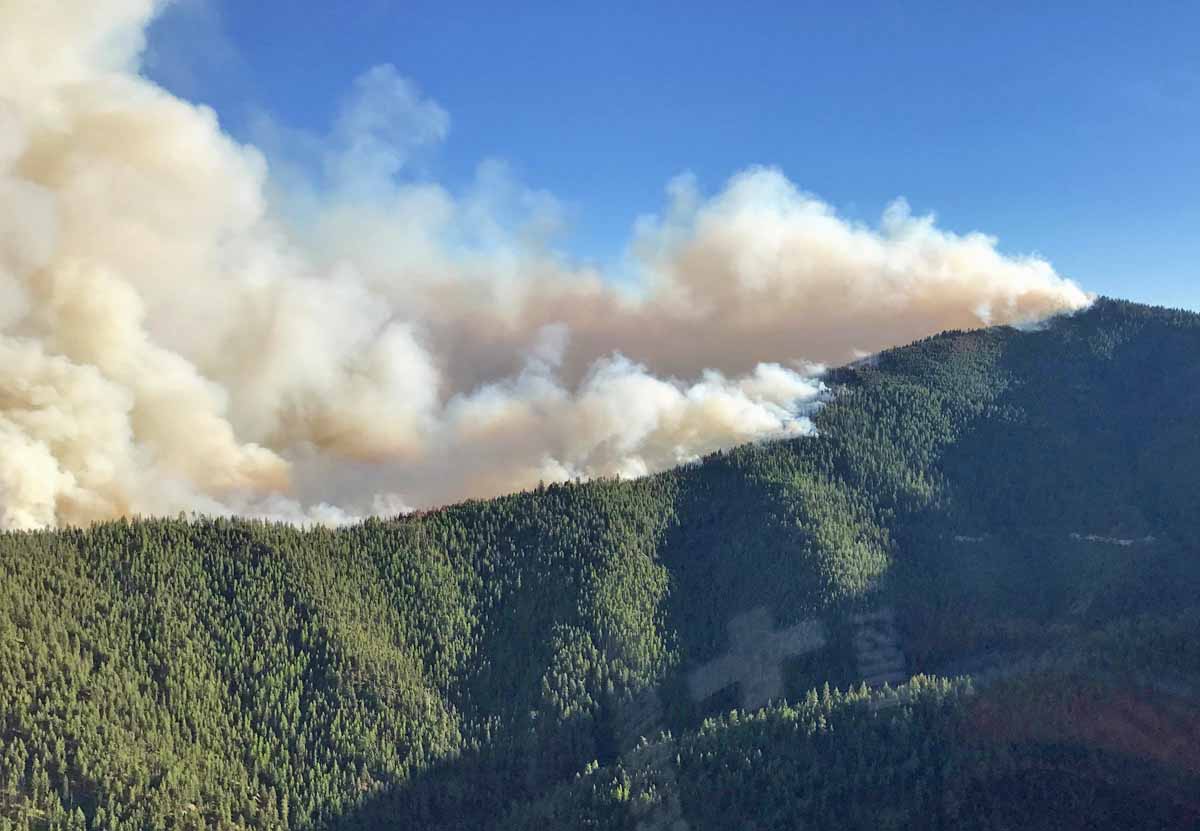
On the south side, the fire continued to burn into the Quartz Creek drainage; retardant was used to slow its spread downslope. On the north side in Sunrise Creek, the fire made an aggressive uphill run towards Eagle Rock and Verde Saddles.
Hotshot crews conducted controlled burning operations to reduce fuels in the Sunrise and Quartz Flats Communities while helicopters and air tankers were busy on all areas of the fire.
Resources assigned include 14 hand crews, 6 helicopters, 31 engines, 5 dozers, 14 water tenders, 4 skidgens, and 1 masticator for a total of 494 personnel.
All articles about the Sunrise Fire can be found HERE, with the most recent at the top of the page.



